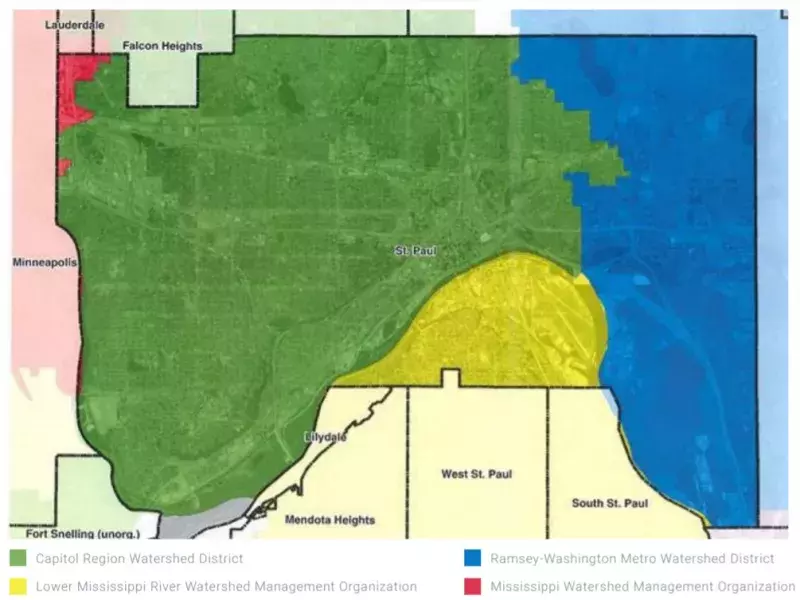Boulevards (Public Right-of-Way)
Boulevard rain gardens that will collect street runoff must be reviewed and approved prior to construction. Residents must register a proposed rain garden with the City by completing the separate Boulevard Rain Garden Registration Form.
Registration Opportunities and Timing
Each year the City provides three opportunities to apply for a registration. These align seasonally with key windows for successful rain garden construction, avoiding heat stress or severe weather associated with midsummer, as well as serve to organize the city’s assistance and review efforts for residents.
- Register by April 1 for early summer construction.
- Register by June 1 for late summer construction.
- Register by August 1 for fall construction.
Expect a minimum of two weeks for staff review
The registration form must have plans attached which must be to-scale and show property lines, utility locations, trees and tree canopy, drainage areas, existing and proposed elevations, and rain leaders , inlets, or other drainage features. Expect a minimum of two weeks for staff review. Other information and details may be requested during staff review. The property owner will receive a registration approval letter.
Requirements
The City does not require the use of standard designs for rain garden features. However, many local laws govern activities and features in the public right-of-way. All conditions stated in relevant city ordinances apply, including:
- Chapter 73 Heritage Preservation Commission
- Chapter 105 Care and Maintenance of Boulevards
- Chapter 116 Right-of-Way Administration
- Chapter 121 Permits for Driveways, Sidewalks, Curbs, etc.
- Chapter 135 Right-of-Way Permits
- Chapter 176 Preservation and Protection of Trees
Staff may deny elements of a proposed plan following review in order to best balance multiple right-of-way needs and boulevard uses. Rain gardens proposed near existing street trees will be reviewed for potential tree impacts, including root systems, and shall be designed to avoid excavation within the drip line or damage to the trees.
Boulevard rain gardens require maintenance but a formal city agreement with a residential property owner is not required.
Approvals and Conditions
Depending on design, several permits may be necessary from different offices. Permits for curb work, excavation, obstruction, and sewer are issued to the contractor. The contractor must provide the registration approval letter and reviewed plan to the Right of Way Permit Desk at the time of excavation permit application. Planting, pruning, or removing trees in the boulevard requires a permit from the City Forester (see contact info below).
Work on curbs, sidewalks and driveways within the right-of-way must be done under a permit from the Sidewalk Office. If your curb work damages the street, pavement restoration (asphalt and concrete) is performed by the Public Works Street Maintenance Division. Your contractor is responsible for payment to the city for your cost of such restoration.
